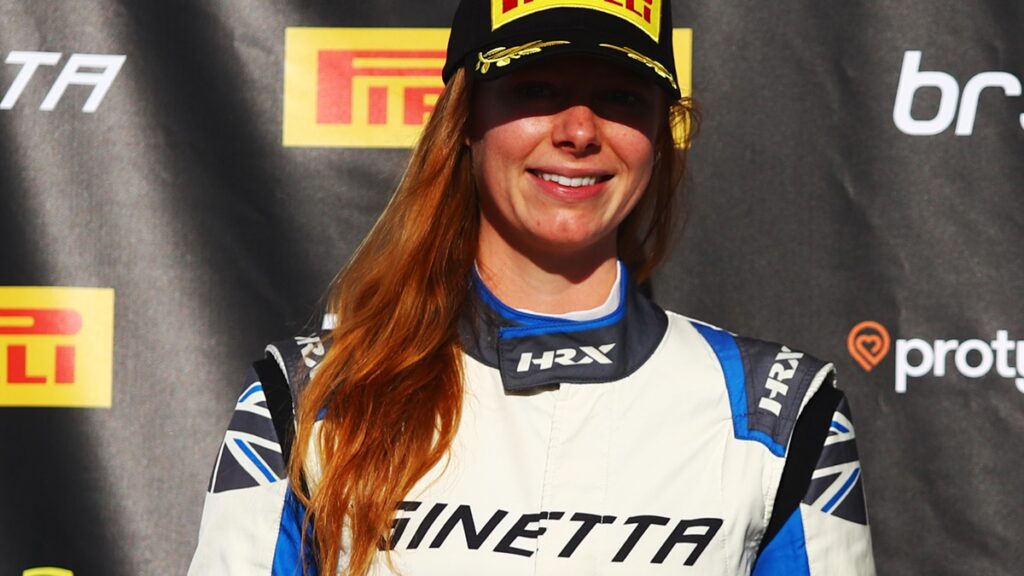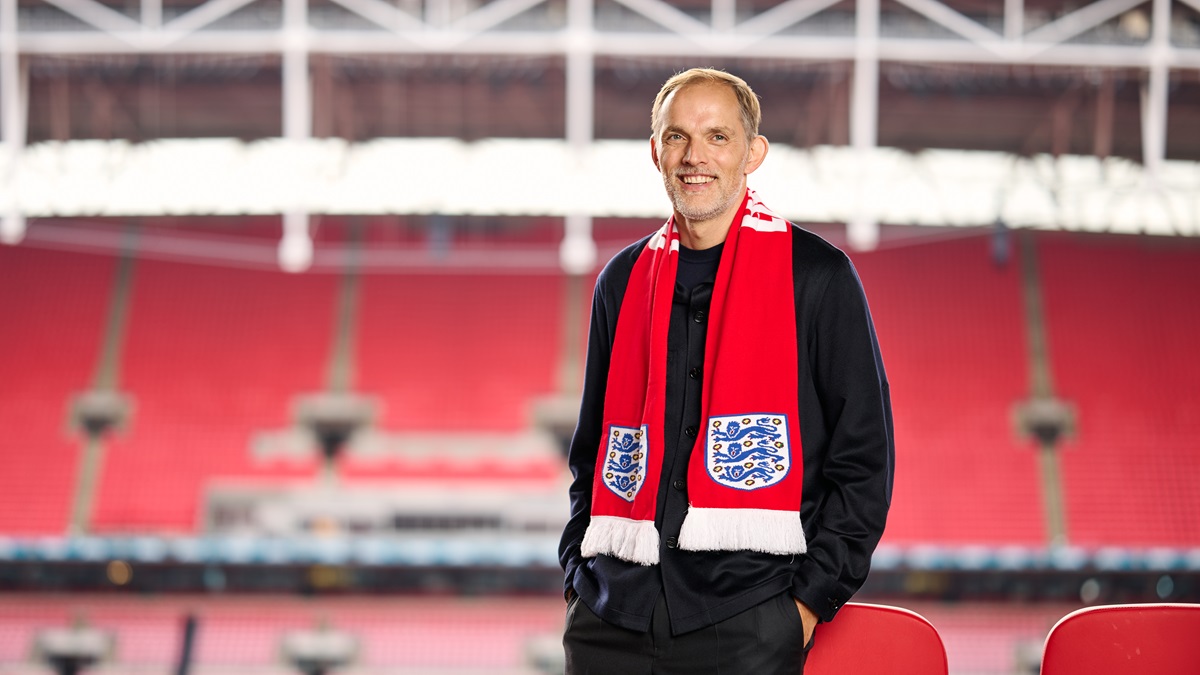Growth Engines: Accelerating Ginetta into the future
The racing and sports car manufacturer has ambitious targets to triple production but will need to combine great products with excellent customer experience to do so

“My dad was desperate to get us into racing, but my life was consumed by sport and racing takes up a lot of time,” recalls Amy Tomlinson, MD of the racing and sports car manufacturer Ginetta Cars. Founded in 1958 by four Walklett brothers (Bob, Trevers, Douglas and Ivor) and acquired by Tomlinson’s father Lawrence, Ginetta is a leader in British motorsport through its heritage in producing race cars and organising racing championships.
Driving growth in a company with a strong identity in both its product and investor base requires a leader who can balance logic and emotion, as well as a long-term vision. Tomlinson is uniquely positioned to construct the commercial framework that will propel the current production of 100 cars per year to a significantly higher number, while also preserving and promoting its British heritage in new global markets.
The backstory
Tomlinson imbibed the entrepreneurial nous of her father, who created a collection of companies across care homes, construction, chemicals and racing. Big visions need time. Lawrence built what he achieved standing on his father’s shoulders and he hopes his children will do the same.
“After university, dad put me into the care home business. It was there that I learnt the value of structure and systems. Dad only has three designs for care homes. Each one is meticulously priced with well-developed supply chains,” she says.
Systems thinking fitted well with Tomlinson’s engineering background. “Once I got my head around the business, dad hauled me out and put me into the construction company. There, I focused on sustainability, in particular on practices like rainwater harvesting, renewable energy and understanding ESG. Once I got my head around that, dad hauled me out and put me into Ginetta.”
The timing for the company was perfect since the previous MD had just moved on. Leading a family business presents unique challenges compared to taking the reins of a private enterprise. The potential for established managers and long-serving employees to feel overlooked, and the inevitability of family dynamics, make the approach as crucial as the leader’s behaviour.
Tomlinson’s track record, evident in her achievements in the care home and construction sectors, was a testament to her capabilities. Her influence in Ginetta was swiftly apparent, both in the business operations and the weekend races, underscoring the company’s potential for growth under her leadership.
Where the company is today
Tomlinson’s primary focus is to bring structure to Ginetta. The nature of the business means there is a constant stream of ideas, inspiration and excitement around innovations that improve design, performance and driving experience. But an exciting brand is not enough on its own to accelerate growth.
Ginetta offers a range of models, including the G10, G40 and G56. A model is premised on its chassis – and that design is informed by the vehicle type and purpose, performance requirements, safety standards, manufacturing constraints, ergonomics and aesthetics, among other requirements. It balances comfort, performance, safety and cost, considering handling, crashworthiness, production techniques and regulatory compliance. The chassis must also accommodate and reflect the brand experience of feeling the car on the road.
Every model also needs a commercial strategy as well. There are three areas to this: finding new customers, engaging and onboarding new customers and retaining them. This is all informed by the experience the business wants customers to have, engineered through commercial processes and brought to life by the team. This should result in a scalable foundation that can service accelerated growth.
Tomlinson’s insights into systems thinking and sustainability gleaned from her previous experience set her up as the ideal leader in the Ginetta lifecycle.
The Near Future
There are more than 30,000 registered motorsport participants in the UK involved in everything from grassroots events to professional racing. The market opportunity is also growing, with many of those taking part CEOs or business owners looking for relief from their daily pressures.
“We have many growth markets,” says Tomlinson. “The hanging fruit is here in Britain, where the sport is growing; Europe, where we have established a foothold; and the biggest immediate market, the US.” And she is right; these regions are seeing increased interest and investment in motorsport, driven by economic development, rising disposable incomes, and expanding infrastructure and events.
“Our aspiration is 300 cars a year. If we crack the US market, we will achieve it,” she says.
Scale, growth and value perspectives
Growing a business underpinned by products has several challenges. Growth depends as much on the customer experience as the product’s performance, so both must be taken into account when setting targets. The former creates the blueprint that informs the chassis design and construction, and therefore the product.
An engineered customer experience
A customer experience has two key elements: solving a specific problem for a well-defined customer and creating a unique, engaging experience. For Ginetta, whose customers are predominantly male business owners and corporate executives, motorsports provide a thrilling escape from the stress of business management.
Additionally, motorsport fosters camaraderie and networking opportunities, recharges mental and emotional energy, enhances problem-solving skills and strategic thinking, and promotes physical fitness and resilience.
Clarity on the customer and the problem you solve for them is essential in designing a product and service to meet their needs. This clarity acts as a blueprint, making it possible to engineer the commercial aspect, which includes marketing, sales, and operational and administrative activities. Without this blueprint guiding commercial activities, efforts to create a unique customer experience become lost in a generic approach across business functions.
Redefining the business around core customer segment creates the blueprint for engineering a successful product and experience. Dominating the target segment leads to accelerated revenue growth and increased company value. Viewing every purchase as a customer’s attempt to solve a problem provides a solid foundation for business purpose, which is simpler and more effective than relying solely on passion.
Setting a growth target
Defining growth targets in physical, rather than revenue, terms makes them more relatable and measurable. In private companies, goals are set for the number of products or clients and alignment of growth with the company’s purpose rather than the owner’s gain. Ginetta’s challenge is to target 500 cars annually, requiring successful market entry into the US and Middle East. This will revive the ‘brand Britain’ image and uphold British motorsport heritage globally.
Achieving this target will significantly contribute to the UK’s £18.3bn historic and classic motor industry, which employs 113,000 people. The automotive industry relies on a complex network of companies, from upstream suppliers to downstream distributors and service providers. This interconnectedness underscores the importance of many active participants in maintaining the industry’s vitality and growth. By setting and achieving these targets, Ginetta can ensure a prosperous future, while contributing to the broader automotive ecosystem.
Growth Engines showcases remarkable yet frequently under-recognised business owners who collectively form the basis of our economic engine and whose entrepreneurial fortitude creates a more inclusive and prosperous Britain. It shares their journey, highlighting hard-earned insights and lessons on overcoming challenges and driving business growth.
Its creator, Pavlo Phitidis, is a founder of Aurik, a business scale and growth execution platform for established business owners. He also speaks internationally and authored two books: Sweat, Scale Sell: Build Your Business into an Asset of Value and Reset, Rebuild, Reignite: Turning Crisis into Opportunity



